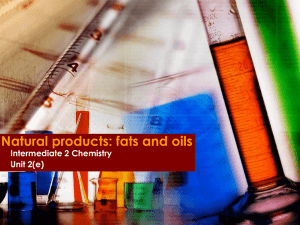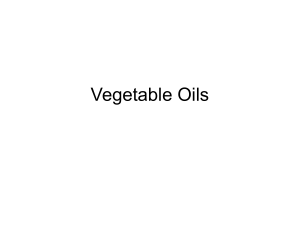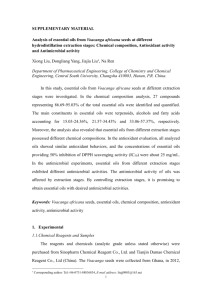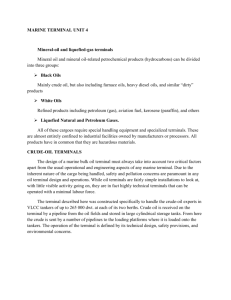File
advertisement
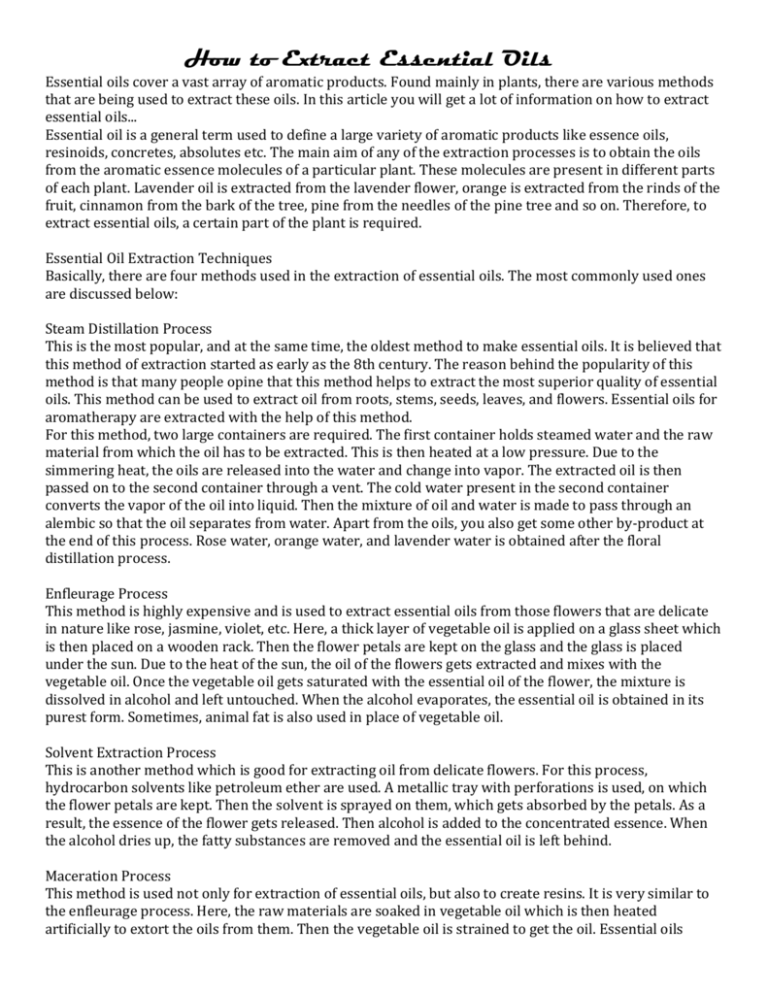
How to Extract Essential Oils Essential oils cover a vast array of aromatic products. Found mainly in plants, there are various methods that are being used to extract these oils. In this article you will get a lot of information on how to extract essential oils... Essential oil is a general term used to define a large variety of aromatic products like essence oils, resinoids, concretes, absolutes etc. The main aim of any of the extraction processes is to obtain the oils from the aromatic essence molecules of a particular plant. These molecules are present in different parts of each plant. Lavender oil is extracted from the lavender flower, orange is extracted from the rinds of the fruit, cinnamon from the bark of the tree, pine from the needles of the pine tree and so on. Therefore, to extract essential oils, a certain part of the plant is required. Essential Oil Extraction Techniques Basically, there are four methods used in the extraction of essential oils. The most commonly used ones are discussed below: Steam Distillation Process This is the most popular, and at the same time, the oldest method to make essential oils. It is believed that this method of extraction started as early as the 8th century. The reason behind the popularity of this method is that many people opine that this method helps to extract the most superior quality of essential oils. This method can be used to extract oil from roots, stems, seeds, leaves, and flowers. Essential oils for aromatherapy are extracted with the help of this method. For this method, two large containers are required. The first container holds steamed water and the raw material from which the oil has to be extracted. This is then heated at a low pressure. Due to the simmering heat, the oils are released into the water and change into vapor. The extracted oil is then passed on to the second container through a vent. The cold water present in the second container converts the vapor of the oil into liquid. Then the mixture of oil and water is made to pass through an alembic so that the oil separates from water. Apart from the oils, you also get some other by-product at the end of this process. Rose water, orange water, and lavender water is obtained after the floral distillation process. Enfleurage Process This method is highly expensive and is used to extract essential oils from those flowers that are delicate in nature like rose, jasmine, violet, etc. Here, a thick layer of vegetable oil is applied on a glass sheet which is then placed on a wooden rack. Then the flower petals are kept on the glass and the glass is placed under the sun. Due to the heat of the sun, the oil of the flowers gets extracted and mixes with the vegetable oil. Once the vegetable oil gets saturated with the essential oil of the flower, the mixture is dissolved in alcohol and left untouched. When the alcohol evaporates, the essential oil is obtained in its purest form. Sometimes, animal fat is also used in place of vegetable oil. Solvent Extraction Process This is another method which is good for extracting oil from delicate flowers. For this process, hydrocarbon solvents like petroleum ether are used. A metallic tray with perforations is used, on which the flower petals are kept. Then the solvent is sprayed on them, which gets absorbed by the petals. As a result, the essence of the flower gets released. Then alcohol is added to the concentrated essence. When the alcohol dries up, the fatty substances are removed and the essential oil is left behind. Maceration Process This method is used not only for extraction of essential oils, but also to create resins. It is very similar to the enfleurage process. Here, the raw materials are soaked in vegetable oil which is then heated artificially to extort the oils from them. Then the vegetable oil is strained to get the oil. Essential oils extracted in this way are often used for body massages. When instead of oil, other solvents like water or alcohol are used for soaking the plant matter, then a thick extract or resinous substance is obtained at the end of the process. The quality of essential oil mainly depends on the method used to extract it. It also largely depends on the quality and quantity of the raw materials used to extract essential oils. Good quality raw material can be obtained if the soil is good and the plant is grown in a geographic location where the climatic condition is suitable for the plant. By Bidisha Mukherjee




